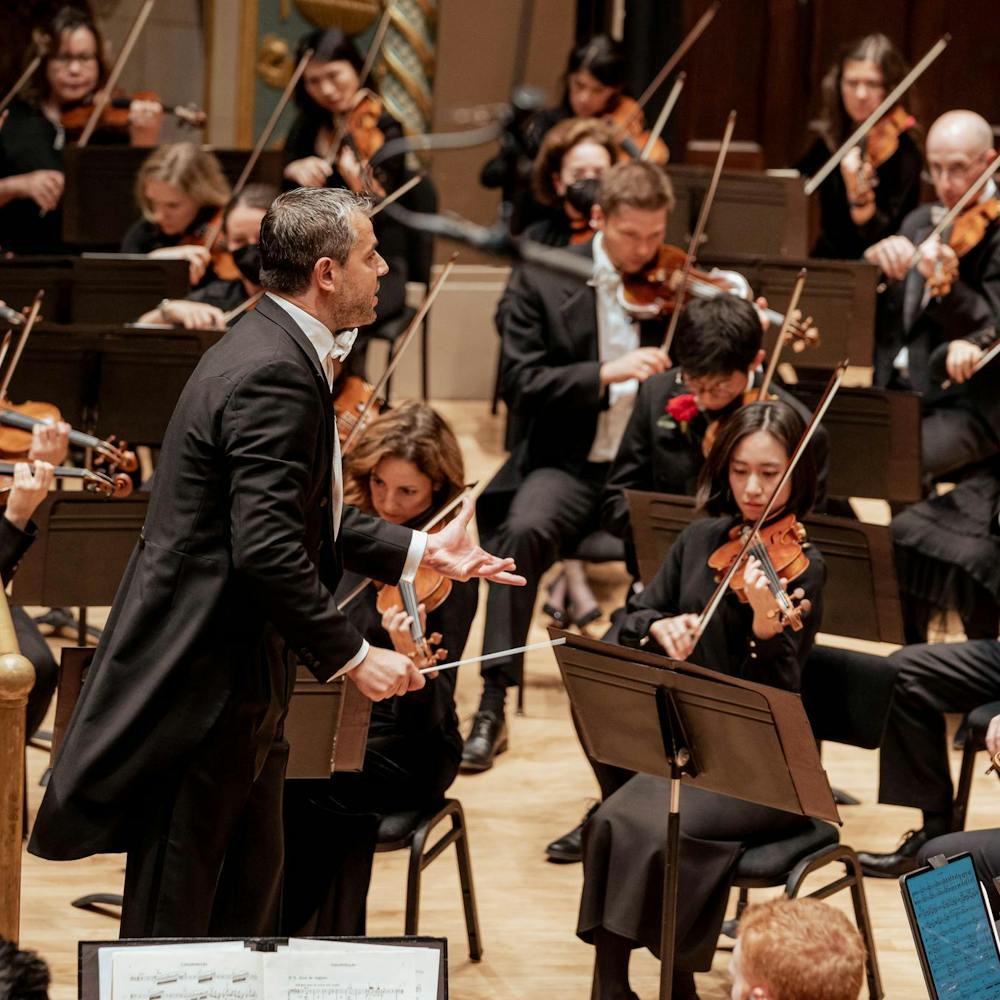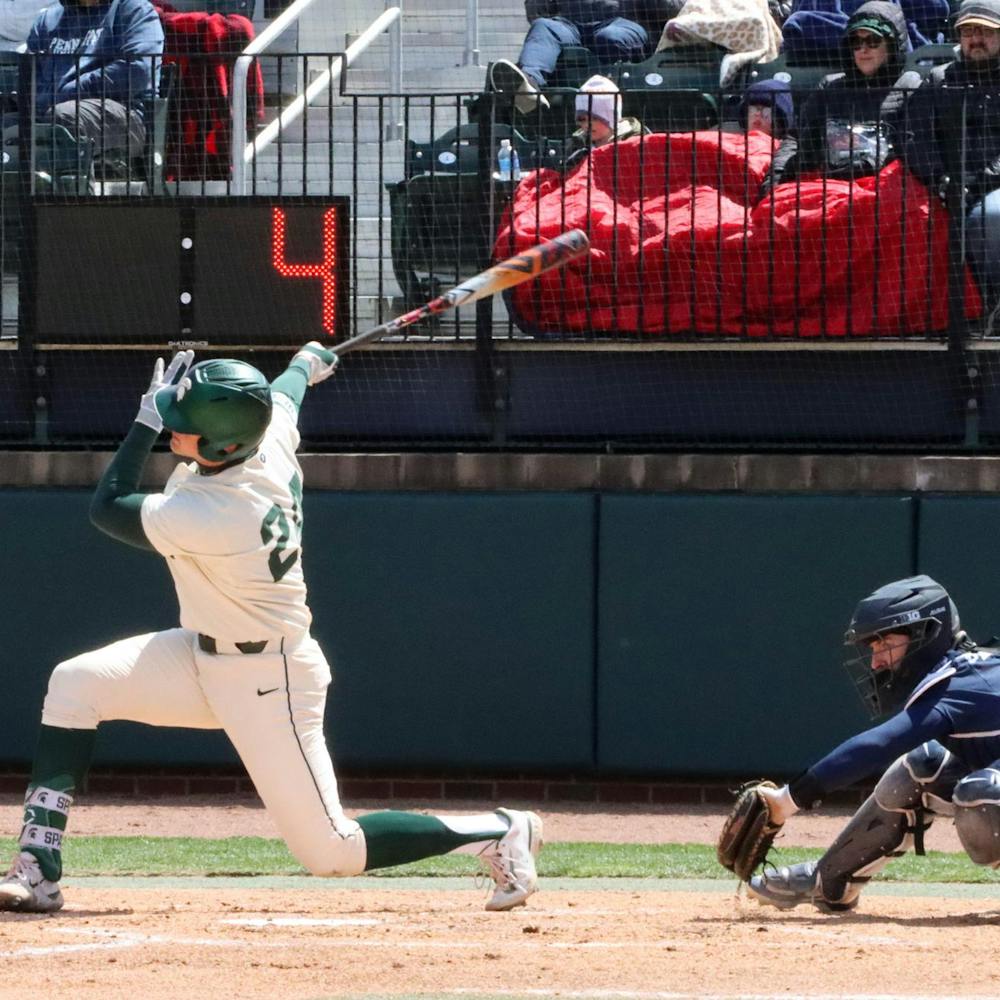The “hands-on” philosophy of MSU’s forensic anthropology program brings prominent cases and serious students to the university.
Anthropology Professor Norman Sauer’s current investigation at the campus lab could reopen a 7-year-old missing person case. He and his team of MSU graduate students are examining human remains discovered in Otsego County last month.
Police believe the remains are of Nancy Green, a 39-year-old Gaylord woman who disappeared Sept. 15, 1995.
“The age is consistent with the missing person, sex is consistent and the ancestry matches,” Sauer said. But the remains, found in a field, have yet to be identified.
Anthropology graduate students Michael Koot and Mary Megyesi are assisting Sauer.
Koot said he chose MSU’s forensic anthropology program because of the hands-on opportunities.
“Dr. Sauer gets us involved,” he said. “This is a great experience. We’re applying the principles of physical anthropology to a criminal case.”
MSU is one of three graduate programs in the country with two forensic anthropologists on faculty, Koot said.
“It’s really a special situation,” said anthropology Professor Todd Fenton, also a forensic anthropologist. “For a program to be very impacting and efficient, having two forensic anthropologists is the way to go.”
Sauer has been on faculty at MSU for 29 years and Fenton has been here for five years.
Beside having two professors, East Lansing’s resources are really what sets MSU’s forensic lab apart from other programs, Fenton said.
“All you have to do is get on the phone and call up an entomologist, a chemist, a DNA technician all right on campus,” he said. “The Michigan State Police crime lab is right in Lansing, and Sparrow (Hospital) has wonderful forensic pathologists.
“MSU is lucky to be able to utilize and be a big part of all that.”
Prominent cases like the Otsego County missing person case often come to MSU, Fenton said.
Otsego County Undersheriff Matt Nowicki said his department is looking to Sauer to make vital discoveries in the case of the unknown remains. Nowicki was called to the field where they were found May 26.
“Hopefully we find the actual identification and then from there hopefully prosecute,” he said. “We have no way of knowing right now if this is even the right person.”
Nowicki said the remains were in the same area where clothing that belonged to Kathey Horn, a 16-year-old Traverse City girl who disappeared in 1994, was found. Horn’s body was found elsewhere.
Fenton and Sauer leave to instruct the study abroad program in England on July 2. Sauer has been with the program since 1986 and this is Fenton’s second trip.
“It’s hard work, but it’s also an incredible experience,” Fenton said. “It’s a rigorous program; we don’t just lollygag around.”
And in the process, the team of forensic anthropologists help train a new generation. Their graduate student, Koot, said he hopes to pursue a career in forensic anthropology.
“It isn’t necessarily something you can just walk into as a job,” he said. “But they really give us a lot of chances to get involved in actual cases.”
The Associated Press contributed to this report.



